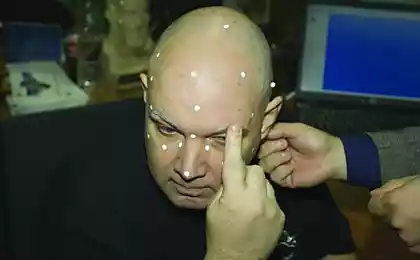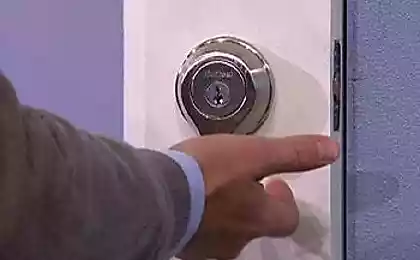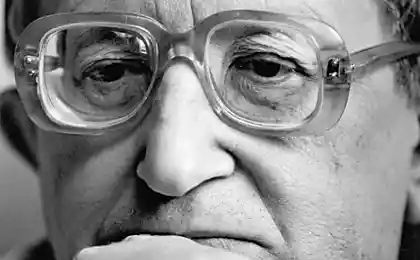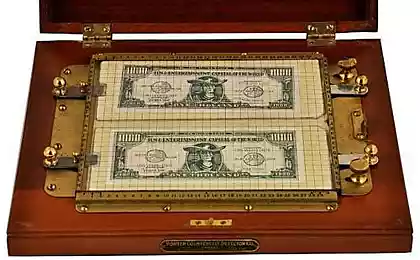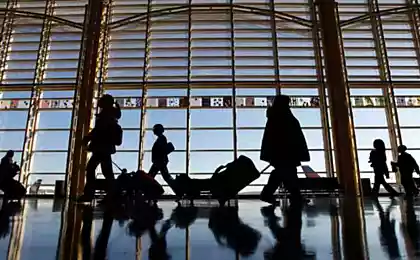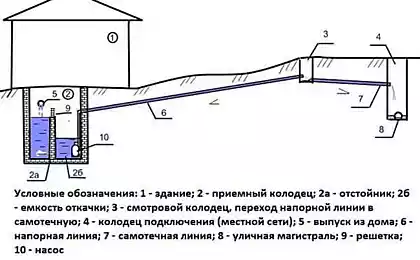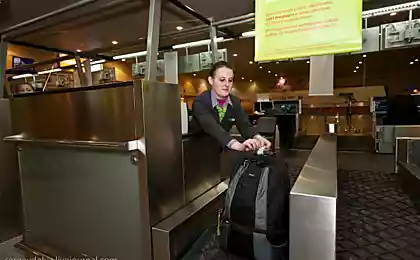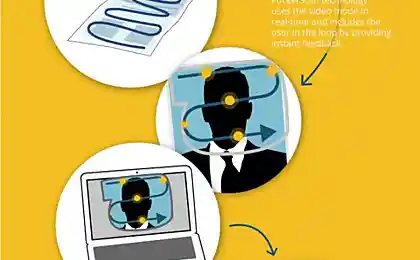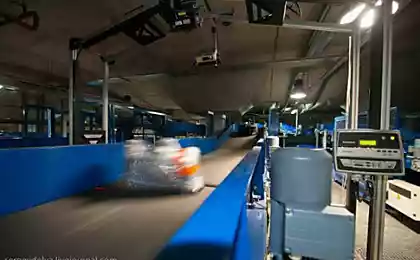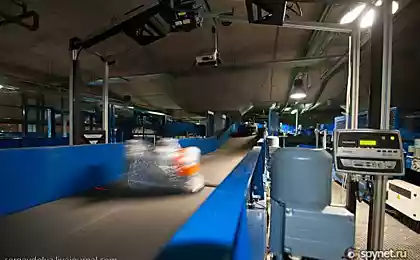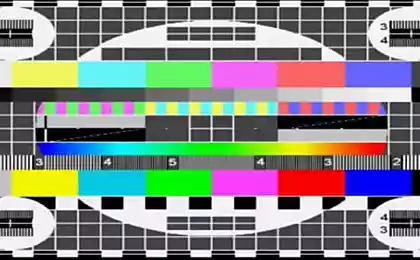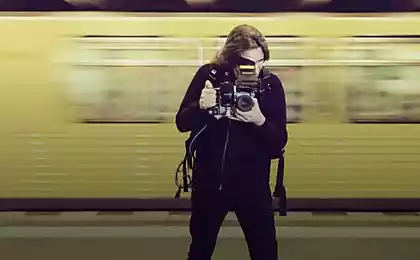2244
3D scanning in archeology. Personal experience, equipment and other
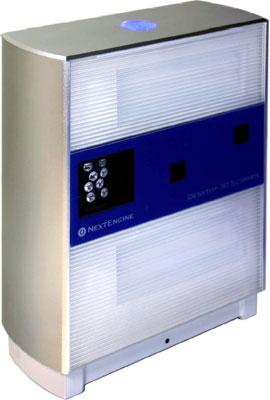
Hello. I am a student of 4th course of the Irkutsk State Technical University ( IrGTU ) Chair of automated systems.
Since I am very fond of long history and archeology, and in 2012 became a deal with homemade 3D scanner , who accidentally saw the Director of Technopark IrGTU thanks to him, I was in Lab archeology, paleoecology, and vital systems of North Asia in Irkutsk have (hereinafter " laboratory "). And after a couple of months after my arrival in the laboratory, there was the first 3D scanner NextEngine , which brought Canadian archaeologists from the University of Alberta. Under the cut scan results, a description of the other scanners, field experience with the use of equipment and other
Attention! In spoilers can be a lot of pictures of large size.
All powered models can be viewed in any 3D editor or MeshLab .
NextEngine h4>
Actually with NextEngine and work began on the scanning of archaeological materials.
Options and documentation NextEngine 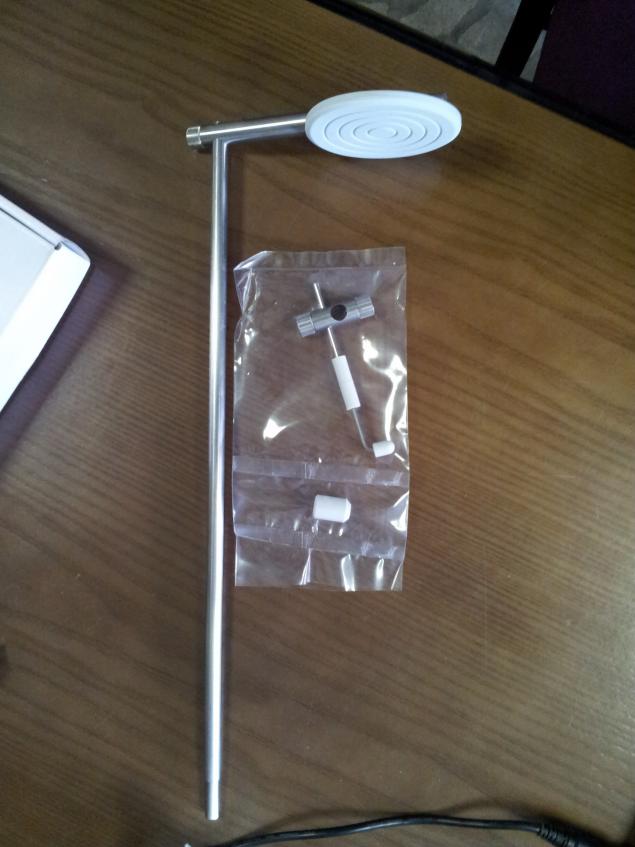
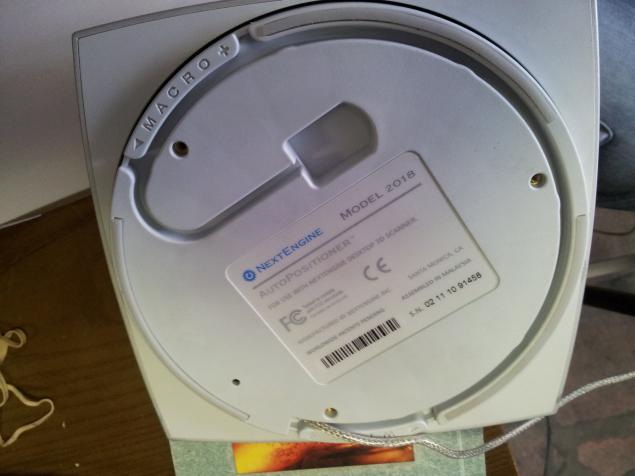


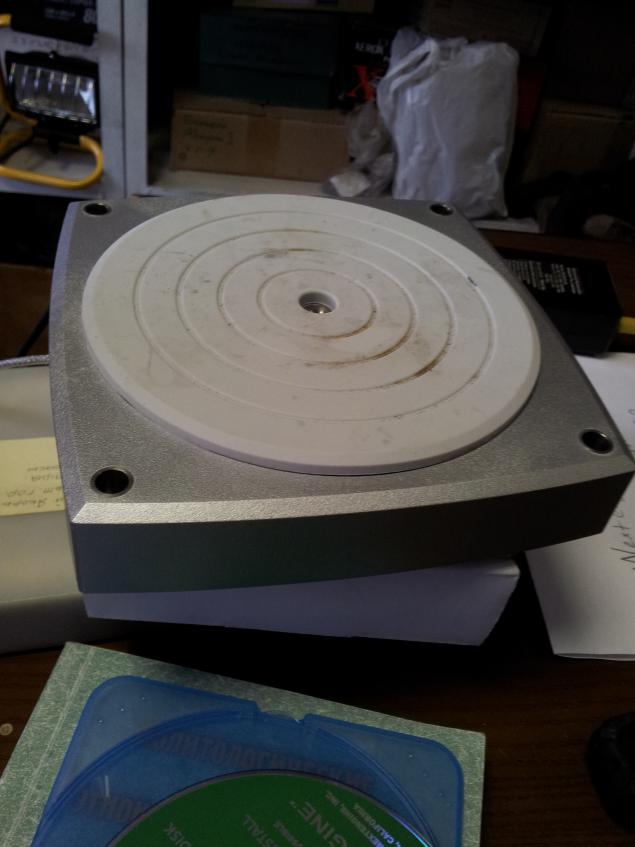
Specifications NextEngine can see here .
The first object which I scanned in this equipment was pretty poor preservation of the skull. Given the fact that, as such, understanding how to scan the object was not doing this work outside of school time scanning process took about a month.
You should note that the software provided with the scanner together took off for unknown reasons and the results are not saved. In this case, had to start with the previous saved version.
Pictures of the scanning process on the skull NextEngine 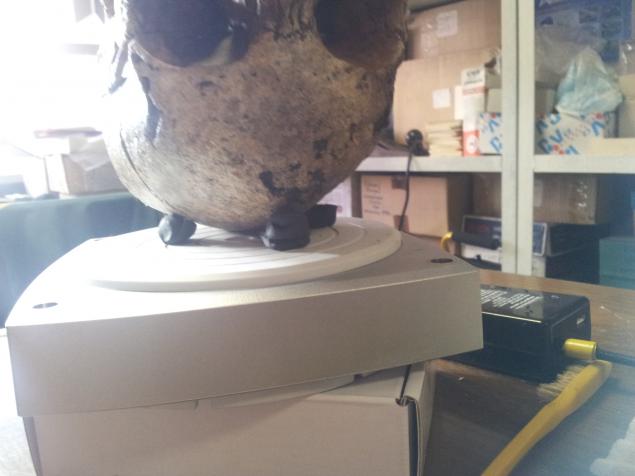
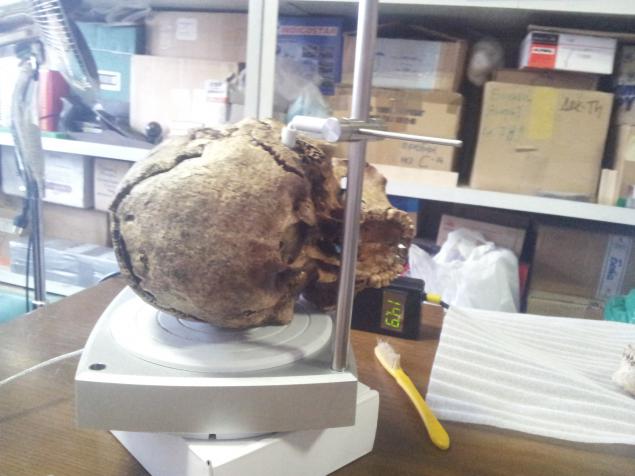
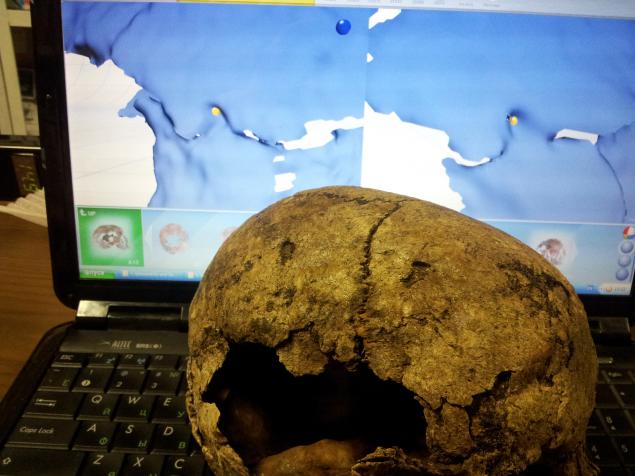

Just this scanner we used during excavations in the cemetery "window" in the Trans-Baikal region, near the town of Krasnokamensk.
Since in the field there are no special conditions in the skeleton in the grave pit was scanned at night, moving the scanner over the burial. The scan time was about 2 hours. Since the scanner does not contain built-in battery, powered by gasoline generator.
The scanning process of the skeleton at night 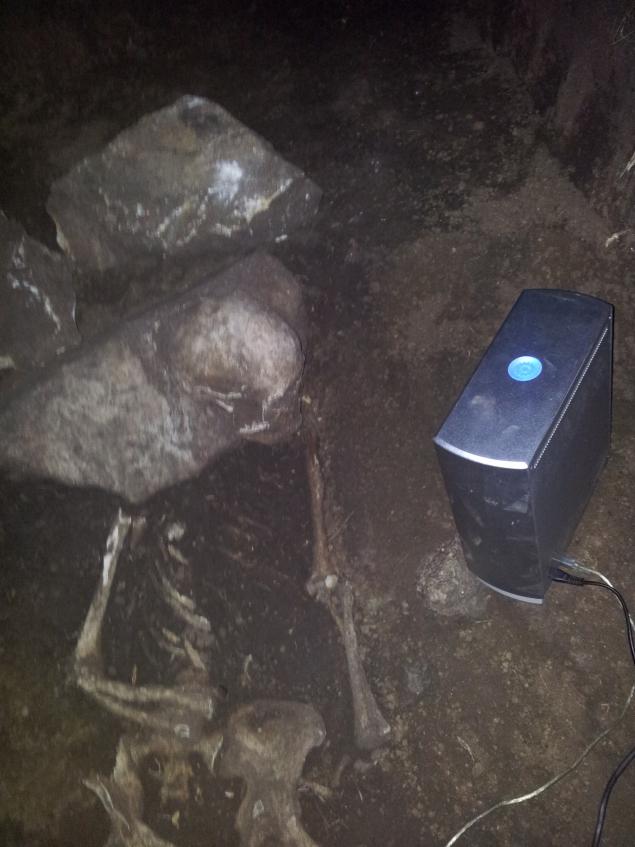

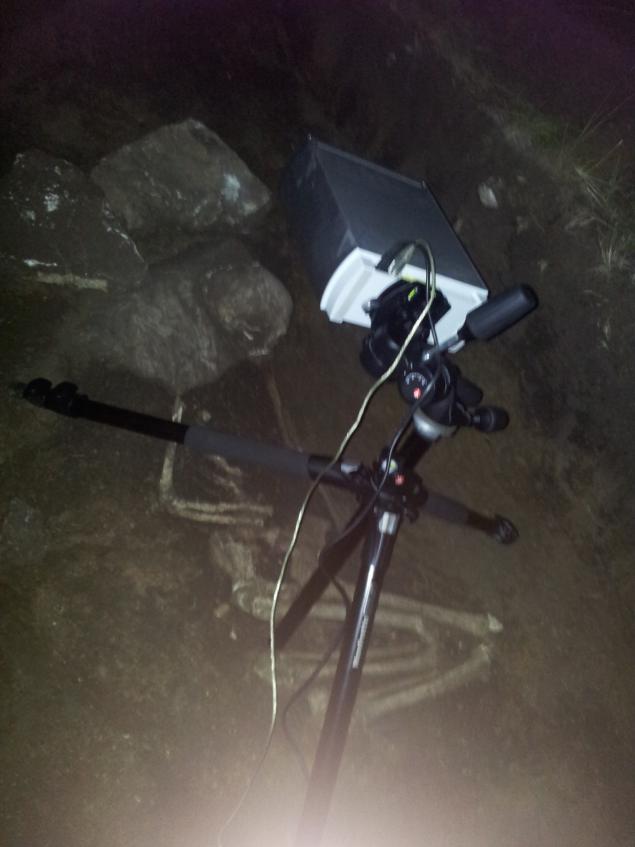

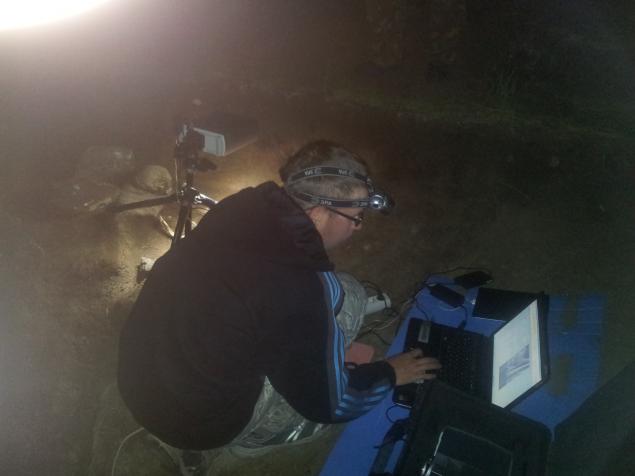
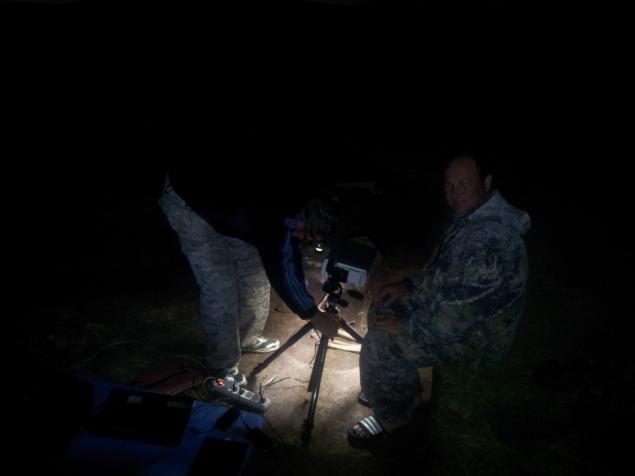
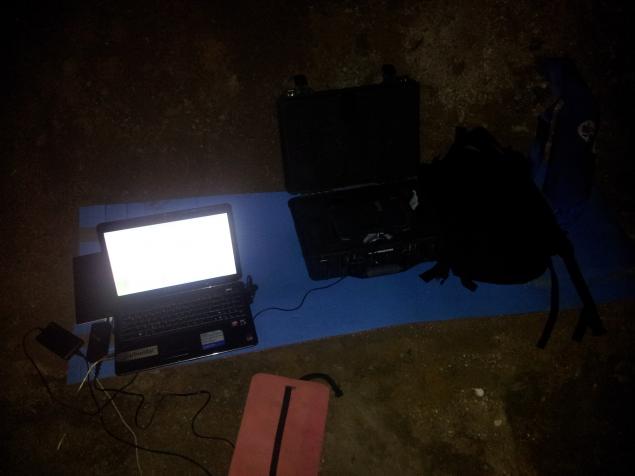
Just for testing the scanning field was scanned piece boiler.
The scanning process of the boiler wall 
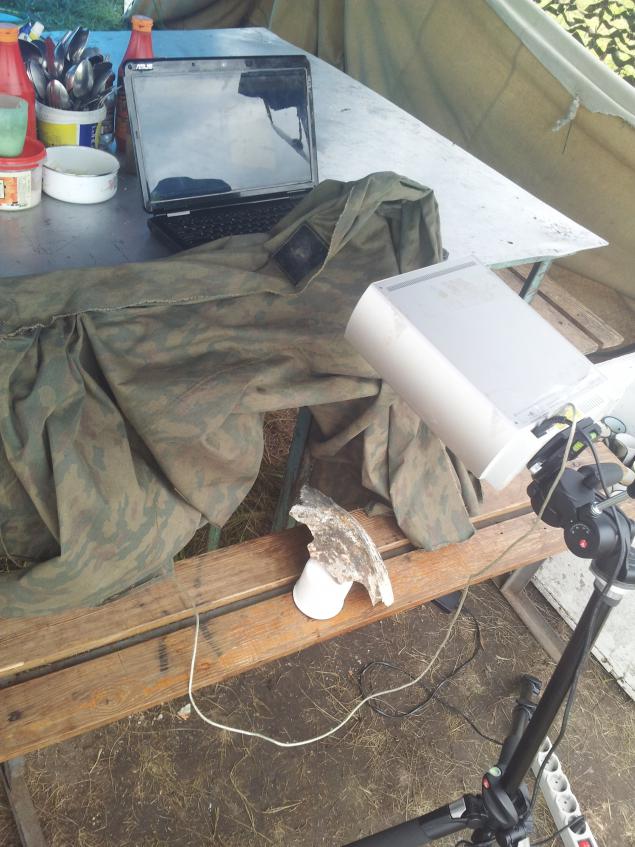
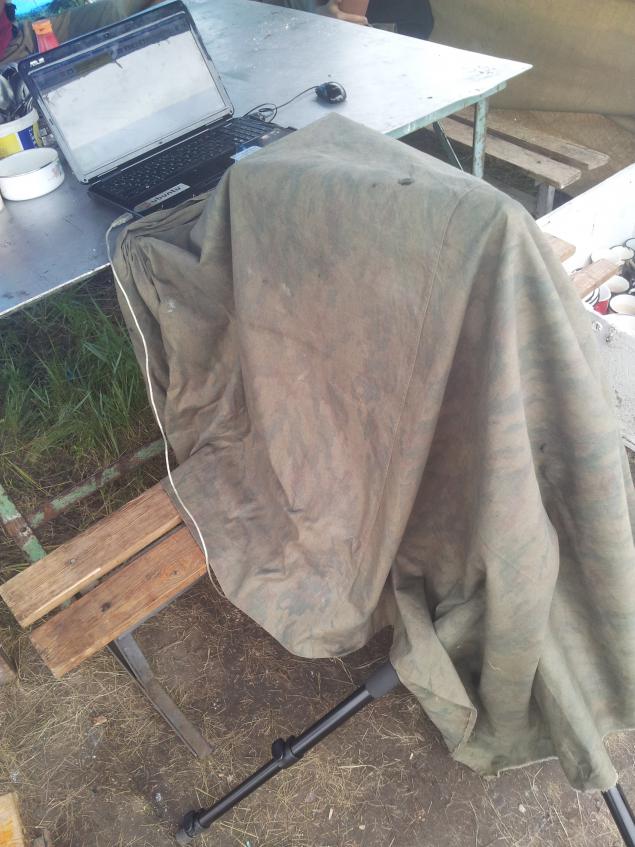
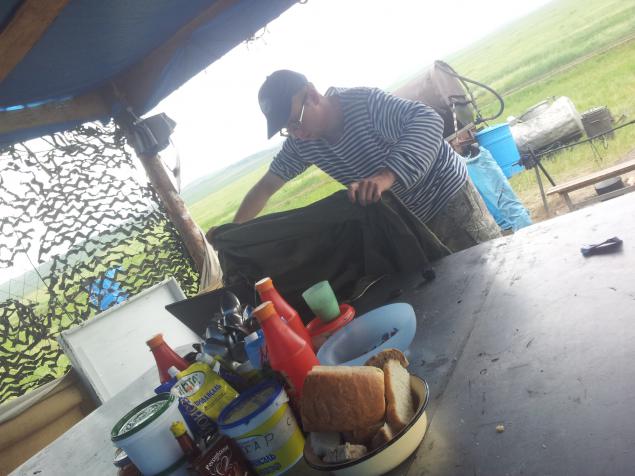
Examples of the results of the scan:
ram's shoulder The wall of bronze cauldrons Conclusion: < Lightweight, portable, easy to carry Cheap (3K $ For a long time scanning (3 minutes per side) The program is activated fairly taki problematic software crashes when it is not clear what conditions software is intuitive and has a minimal set of functions initial processing model In general, at this point in the lab, we do not use it practically.
Breuckman smartSCAN h4> This scanner has appeared in the laboratory in September 2012. In October suppliers held a two-day training on the use of this machine. In my opinion one of the best machine on the market, but terribly expensive (equipment set scanner, 3 sets of lenses, turntable, tripod, computer cost several million rubles).
The essence of a set of lenses that depending on the size of the selected object and the lens get different error.
We tend to scan cores, plaques, ornaments, small bones and other small objects using an object "125».
For larger - the skull, jaw, blood vessels, bones of deer and other must use the facility "400».
Lens "800" was used only once-only at scanning article layout for sculptors IrGTU.
Photos, specifications of this scanner, you can see the тут.
The scanning process is automated. The scanner has 10metrovy cable that connects to the wires of the monitoring station, and two more wires IEEE1394 which data is transmitted from the cameras connected to the PCI card in your computer.
To handle large amounts of data requires a powerful computer. We worth 6tiyaderny kseon with 14GB of RAM.
Objects are usually scanned by automated turntable that connects via USB to your computer. Scanner software for my work uses a USB key. The license for the scanner software is issued for one year.
The scanner software is pretty powerful and covers a large number of tasks.
It is also possible to change the number of polygons in the model by recalculation of the scan data. That is, if we scan to Preview, and then we need greater accuracy of the model, we can say a computer recalculate the model. In the case of a large number of scans and the required accuracy of the result of recalculation process can reach up to 6-7 hours or more at 100% CPU utilization.
In case of problems, the German Technical Support can help pretty quickly.
If you look at the shortcomings of the scanner, the only negative - its dimensions, which consequently affects the ability of transportation. Just drawback may be the cost.
Scan to Breuckman smartSCAN 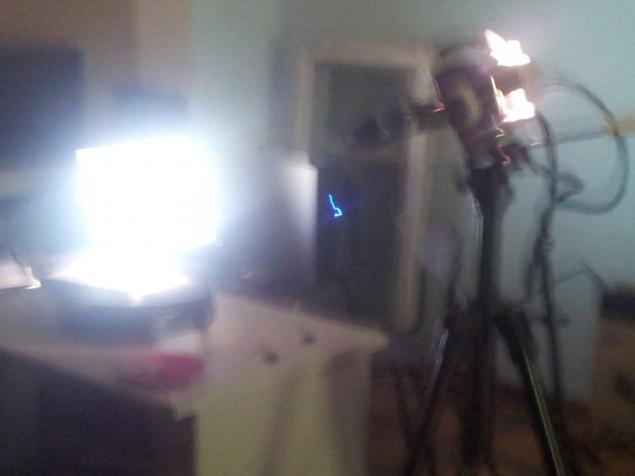

Нуклеус from the parking lot "Big Anchor» Горшок with patterns Кость shin ram vertebra ram < / It is worth noting that some of the scans are sent to other archaeologists abroad. 3D model of a sheep bones from the burial were sent anthropology in Canada, and a bowl of Mongolian-time specialists in Japan.
Faro Laser Scanner Focus 3D h4> The scanner is designed to scan the premises, buildings, construction, mining and so on. Scanning range - 200-300 meters. Used in the summer of 2013 to scan conducted excavations.
Since specifications can be found at manufacturer website . Just who are interested, there you can download the software for processing scans. Due to the large volume of raw data will not show results.
The details of how we have used can be found in статье, which was applied to RAESK 2014 and the results of the scan can be found in презентации. To play back 3D models in PDF files require Adobe Reader version 10 or higher.
Out of interest in this scanner can distinguish the time that the scanner uses a modified version of the GNU / Linux. The scanner has a battery, designed somewhere for 5 hours. The results are written to the SD memory card.
The average scan time of one level of the grave pit - 10-15 minutes.
Results from the scanner were processed using Geomagic Studio and Rapidform XOR3.
Actually, using Rapidform XOR3 we process scans and other scanners, including brekmana and nekstenzhina.
Then, when I went on the Mongolian settlement, we tried to scan the small town koktuysky, but given that there was a lot of grass, we did not succeed.
Photos from the Faro Laser Scanner Focus3D 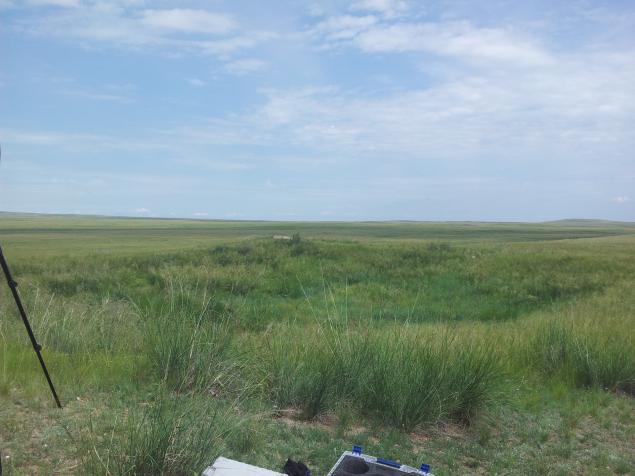
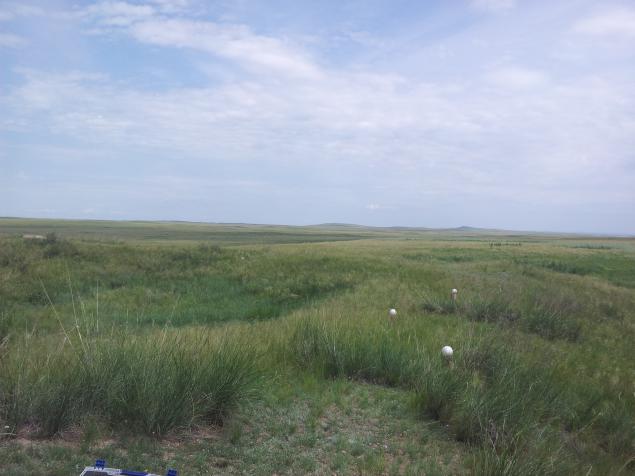
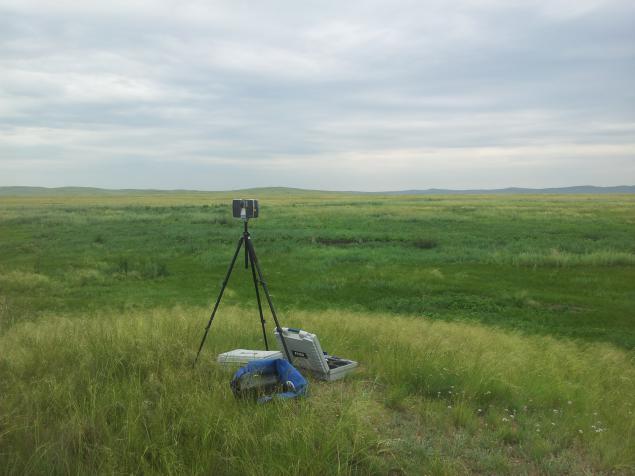
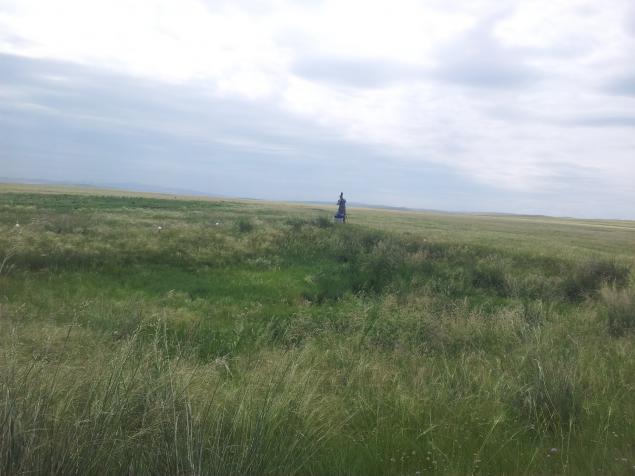
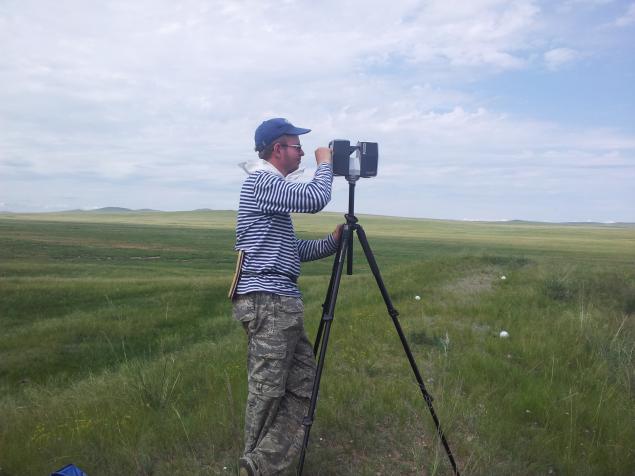


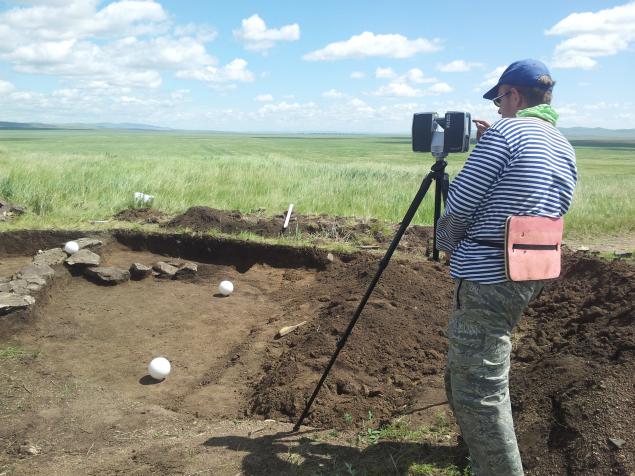

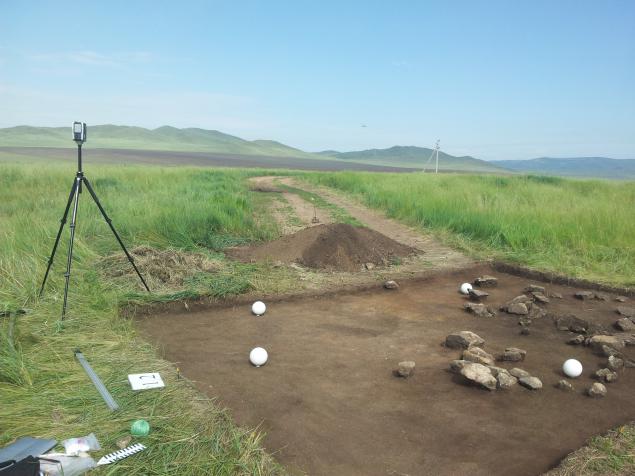
Konica-Minolta Virtuoso h4> This scanner we just brought Canadians. You can access it at official site producer. Nothing good can not say. Out of interest - the data on the computer transmits on conventional twisted pair. Software requires 64hbitnuyu Windu. The only one of the scanners in our laboratory, which is not able to shoot texture. Wretchedness of software in which nothing really can be done. Who cares, you can download it on this link . All scans require post-processing of any other program. The quality of the scans is quite low at the high cost of the scanner (27K green presidents).
Given that gradually accumulates in the laboratory set of 3D scans of different things and objects within the course / lab I began the development of a database for the publication of all this stuff, so maybe after some time (as soon as the first version was written and IT -nachalniki Polytechnical make a subdomain of the third level, which is said to be quite difficult to beat), our materials will be available on the internet.
Anticipating the question about other archaeological laboratories that 3D scanning can distinguish Center for collective use of Tomsk GosUnivera «Artifact» . Just in Perm received a grant for the purchase of 3D scanners, and have already purchased the equipment.
But when viewed as a whole on the archeology and 3D scanning in Russia - these are usually engaged enthusiasts or attract different private companies, as is the case with the Denisova Cave in the Altai. More is known that Multimedia Center NSU (was with them, saw the story) using David laser scanner make experiments with 3D scanning for the Archeological Museum Novosibirsk.
In the case of foreign archaeologists, 3D scanning is quite well developed and widely applied. A prime example of a project of the University of the Smithsonian, not once mentioned here - 3d.si.edu .
Who cares, my personal selection of the literature on the topic 3D scanning in archeology.
Like everything that I wanted to write in this post. If anyone is interesting, ask in the comments. In the future, perhaps. on demand in the comments, if any will be, I can write a more detailed article on any 3D scanner, information technology in archeology and other related to this subject.
Thank you for your attention.
Source: habrahabr.ru/post/223201/
Once you have a birthday - what the deuce with flowers
Compressorheads in Moscow! Concert today and tomorrow!


































